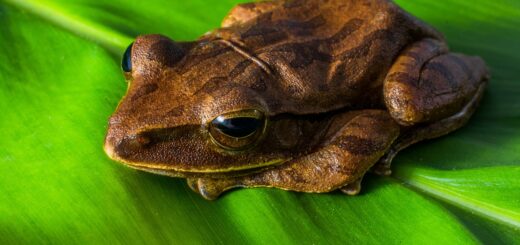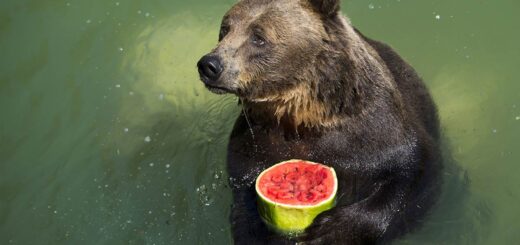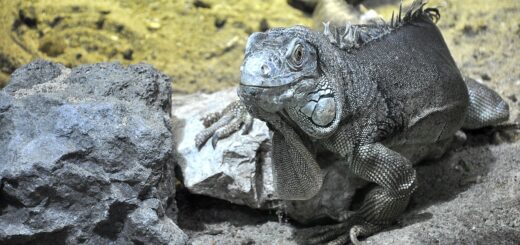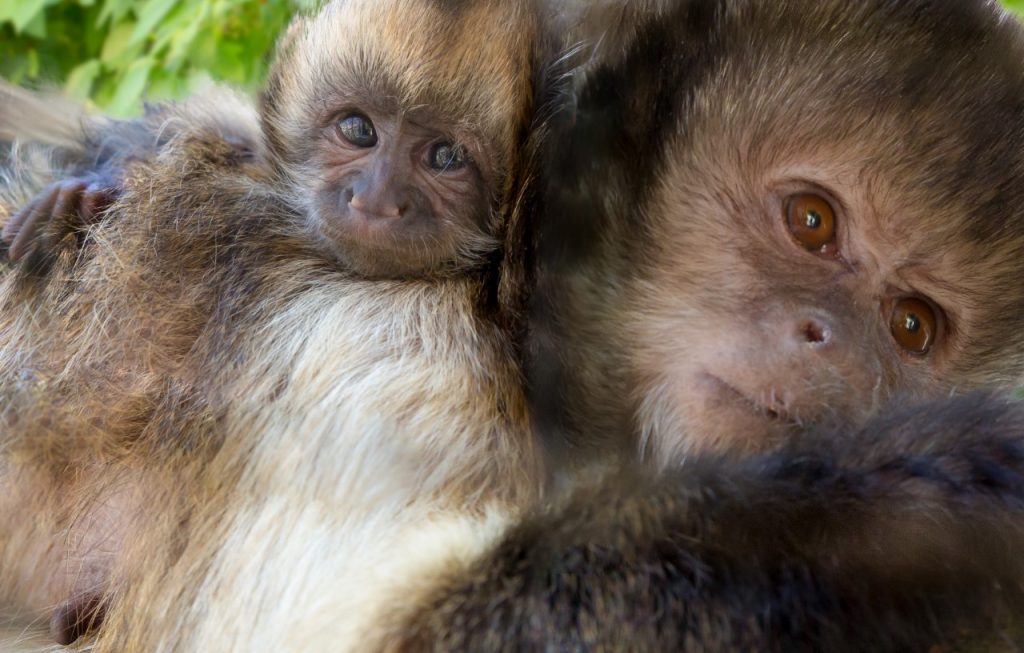Analysis of Fatty Acid Profiles in Eastern Box (Terrapene carolina carolina) and Common Snapping (Chelydra serpentine) Turtles for Wild and In-Human Care Environments
Citation
Khushboo D, Ange-van Heugten K, Minter L, Koutsos L. 2017. Analysis of Fatty Acid Profiles in Eastern Box (Terrapene carolina carolina) and Common Snapping (Chelydra serpentine) Turtles for Wild and In-Human Care Environments. In Ward A, Coslik A, Brooks M Eds. Proceedings of the Twelfth Conference on Zoo and Wildlife Nutrition, Zoo and Wildlife Nutrition Foundation and AZA Nutrition Advisory Group, Frisco, TX.
Abstract
Diets of wild animals are often more diverse and offer higher concentrations of nutrients than those of animals’ in-human care (zoos, rehabilitation facilities, etc.). Managing wild animals within human care facilities is often necessary, and we hypothesized that chelonian dietary differences within circulating fatty acid profiles would be reflected in wild vs human care data. The current study examined the effect of species and environment on fatty acids concentrations in two omnivorous species of chelonians native to North Carolina within two environments: Eastern box turtles, Terrapene carolina carolina, and common snapping turtles, Chelydra serpentine, located in the wild and in-human care. Whole blood was collected and placed on spot cards for later analysis of all 26 fatty acids in a total lipid fatty acid profile. This novel research indicated that snapping turtles have significantly (P<0.05) higher values of Linolenic acid, Dihomo- ? -Linolenic acid (DGLA), Tetradonic Acid, Docasatetraenoic acid (DTA), Docosapentaenoic acid (DPA), Eicosadienoic acid, Erucic acid, and overall saturated fatty acids. Among all the wild animals, there tended (P<0.06) to be higher values for ?-Linolenic acid, DGLA, Arachidonic acid, Eicosadienoic acid, Eicosatrienoic acid, DPA, and DTA. Docasonic acid, DTA, DPA, Eicosadienoic acid, and Nervonic acid showed significant (P<0.01) differences via species x environment interactions. Interestingly, both wild species showed higher concentrations of dihomo-?- Linolenic acid (20:3n6), known to be directly affected by diet and display anti-inflammatory effects. This research may allow us to better formulate diets for chelonian kept in-human care. Additionally, fatty acids are used for many important body functions including proper immune system usage and therefore our research provides new biologically important data for the reptile diagnostic field.
 [Dass] Turtle-Paper-NAG.pdf 85 KB
[Dass] Turtle-Paper-NAG.pdf 85 KB








